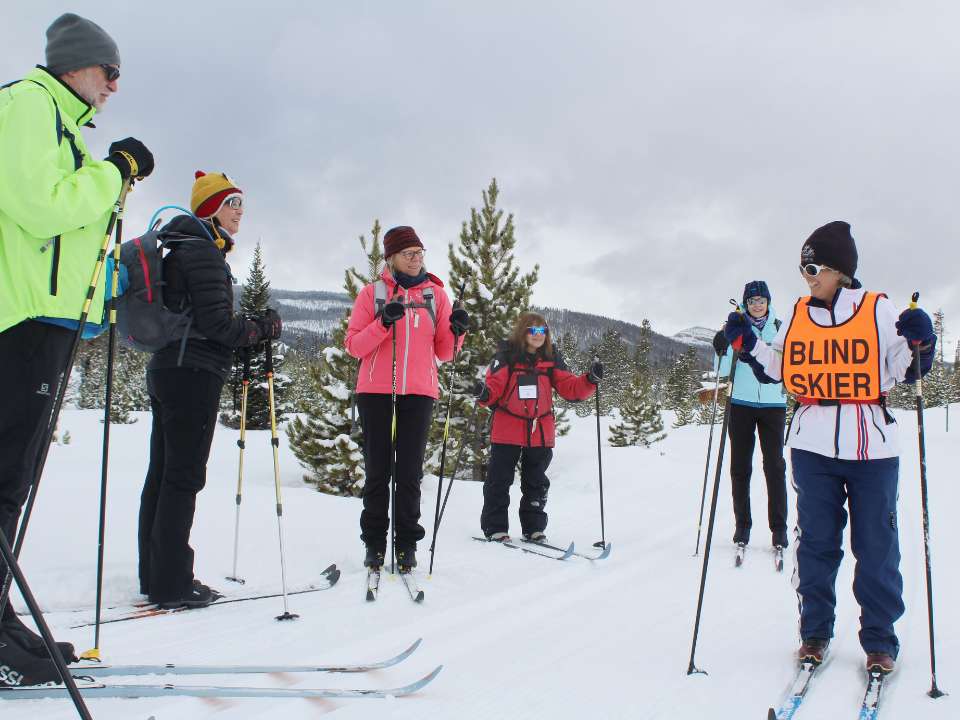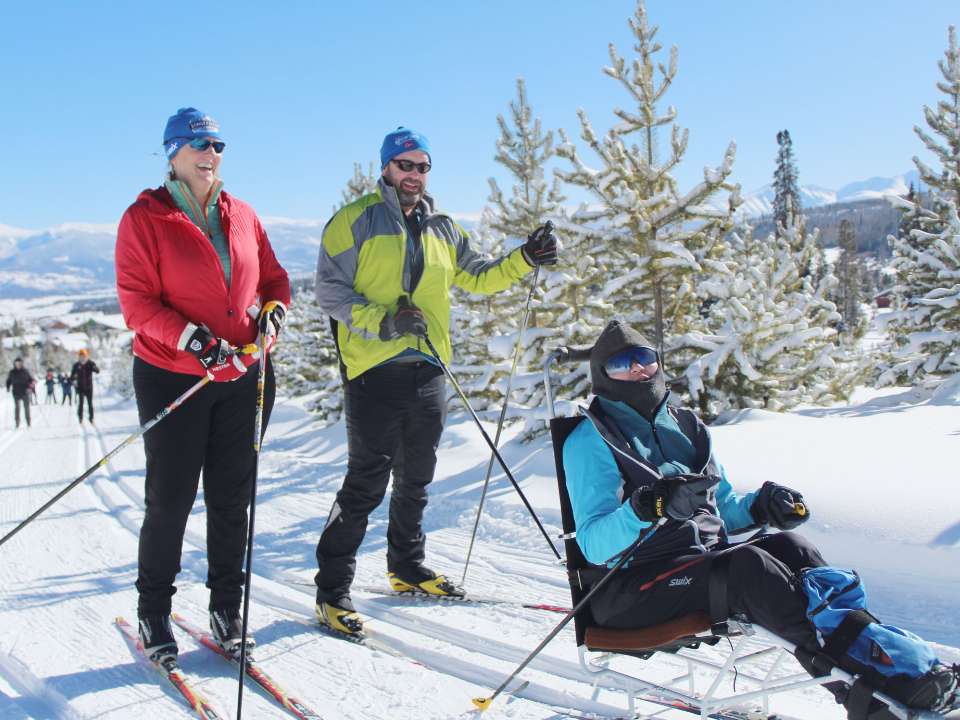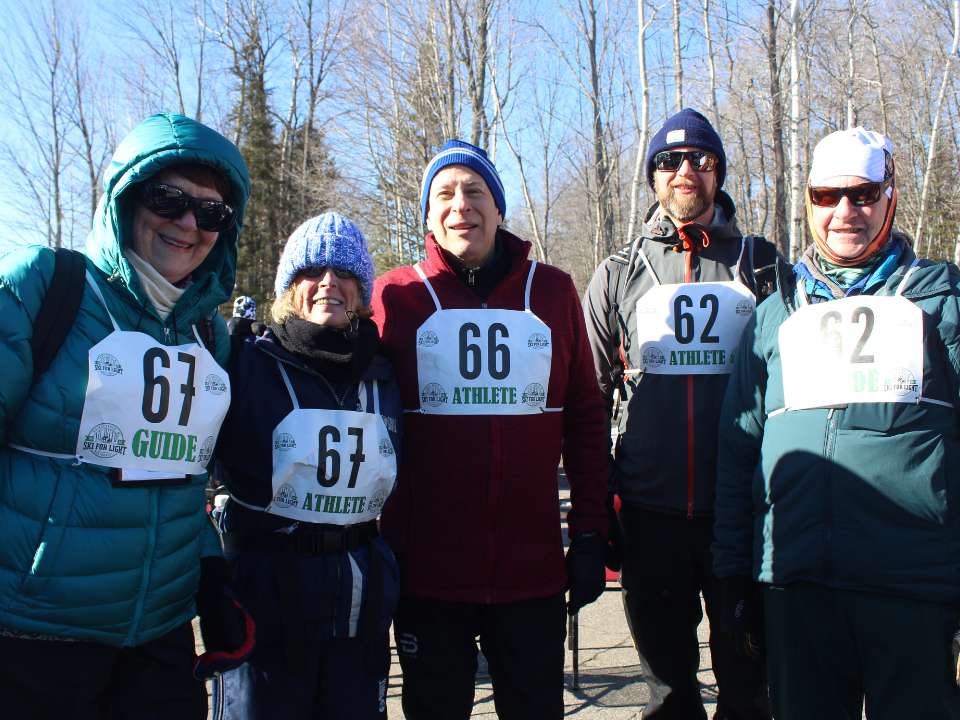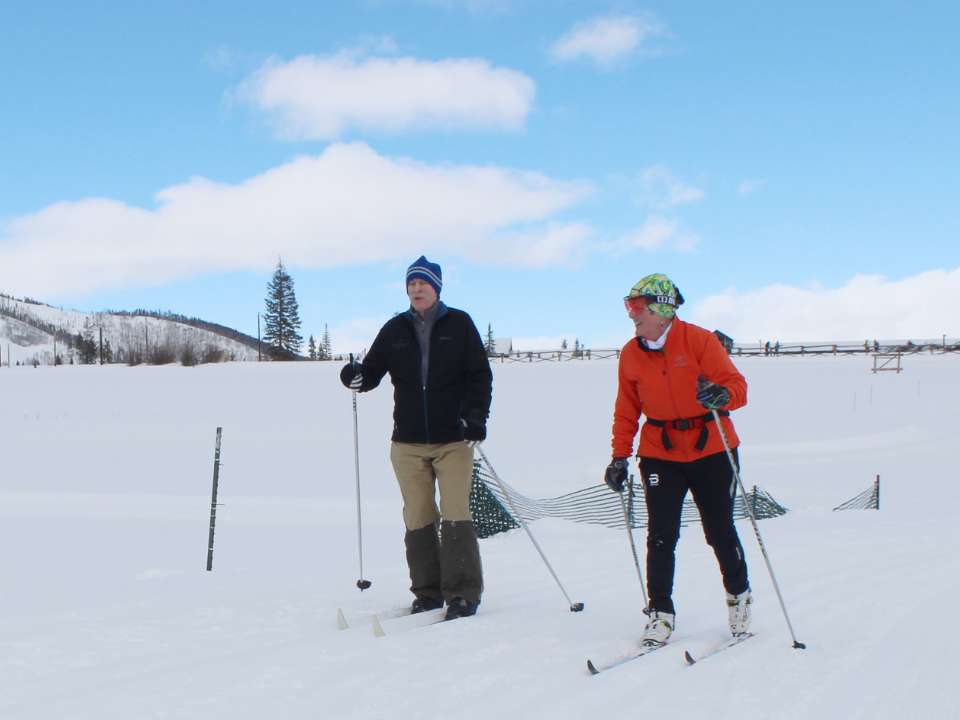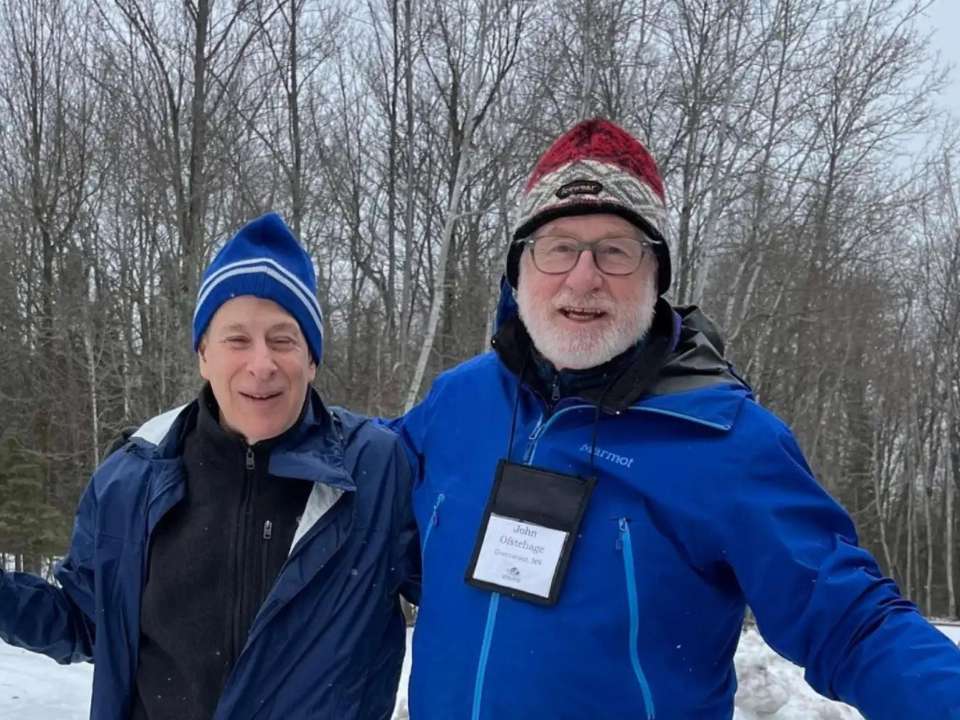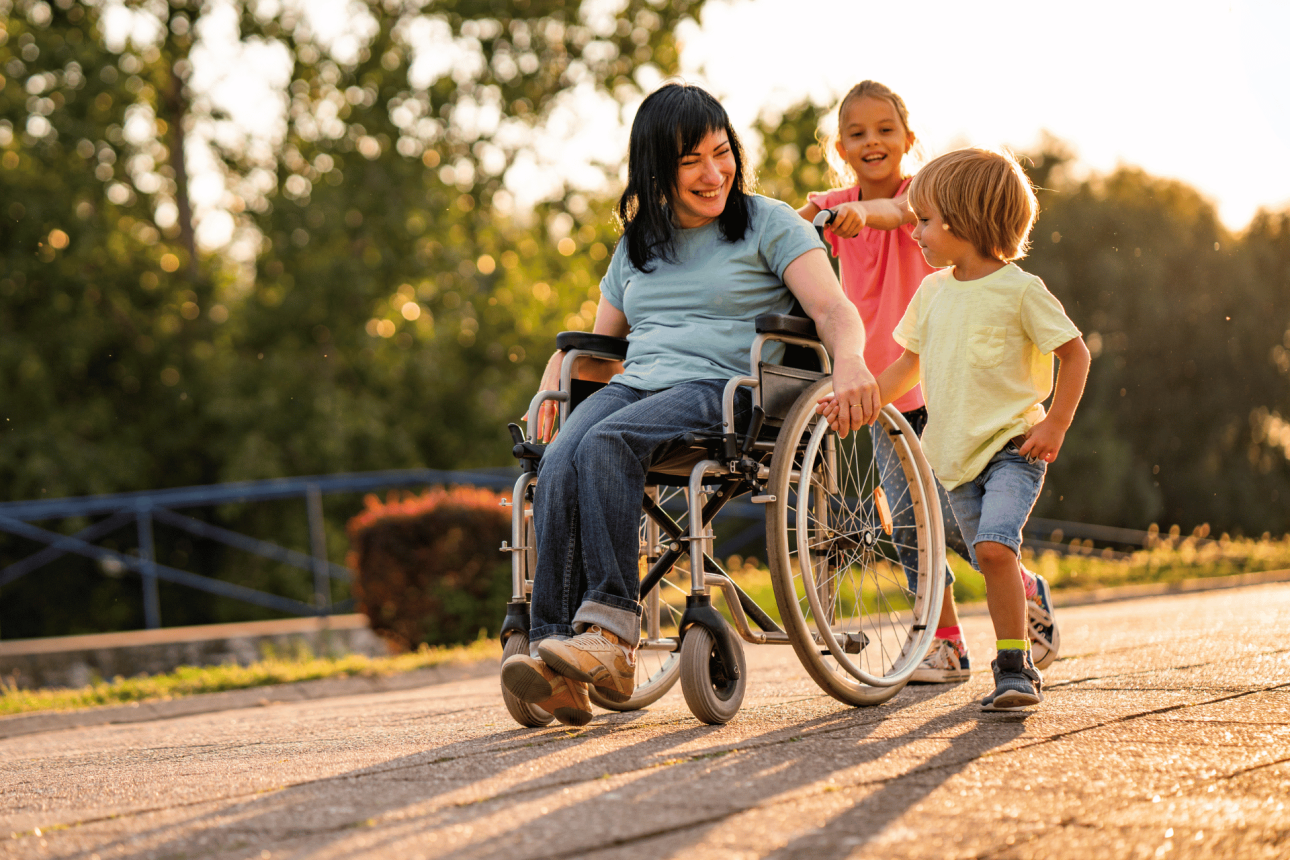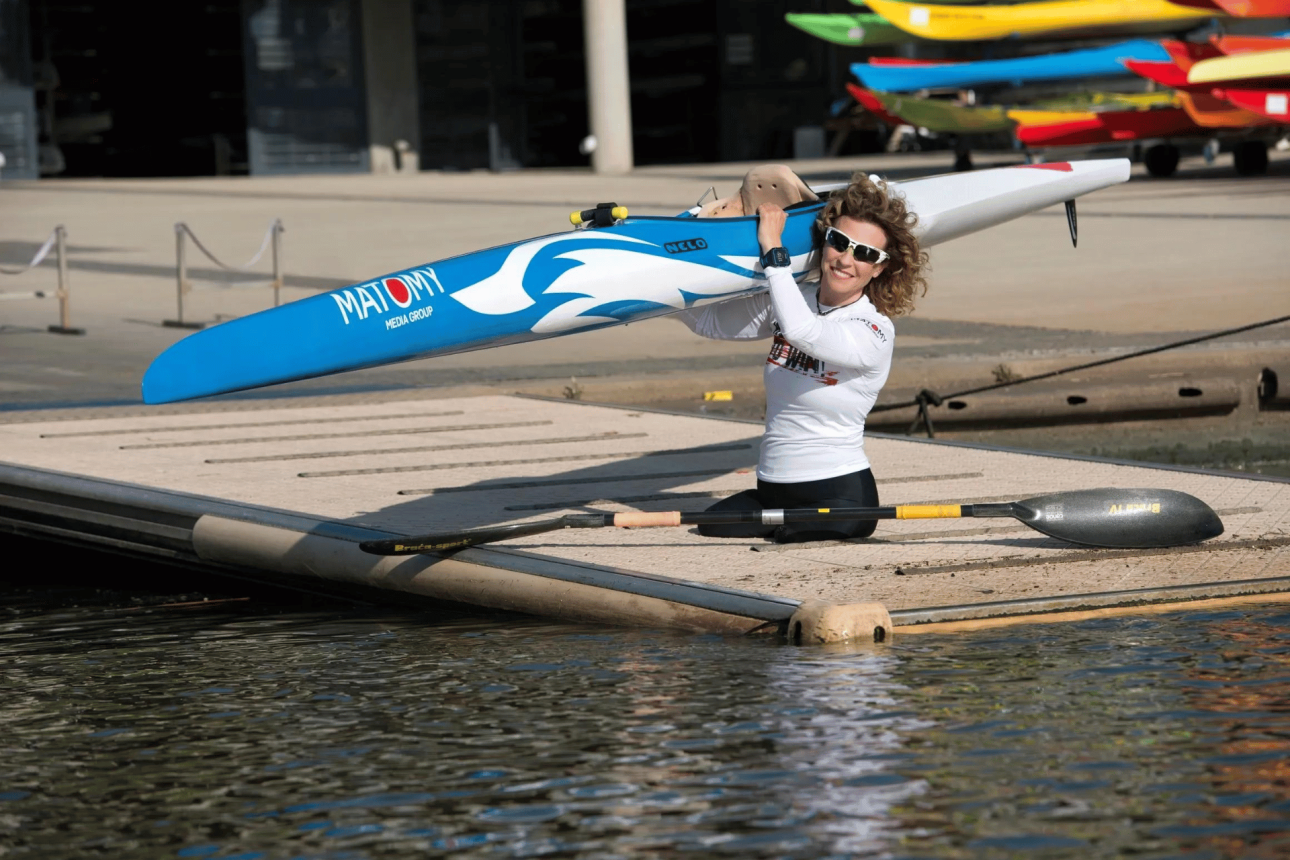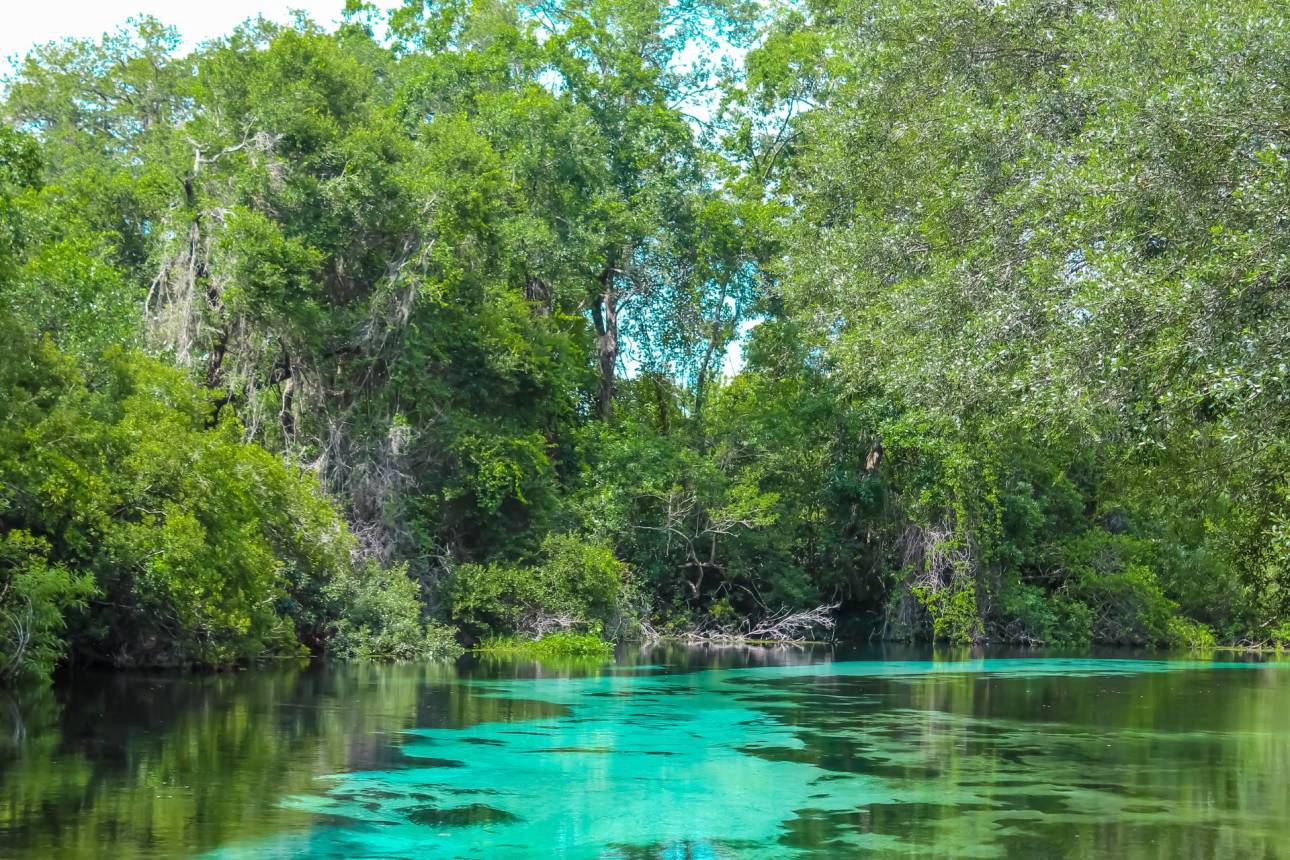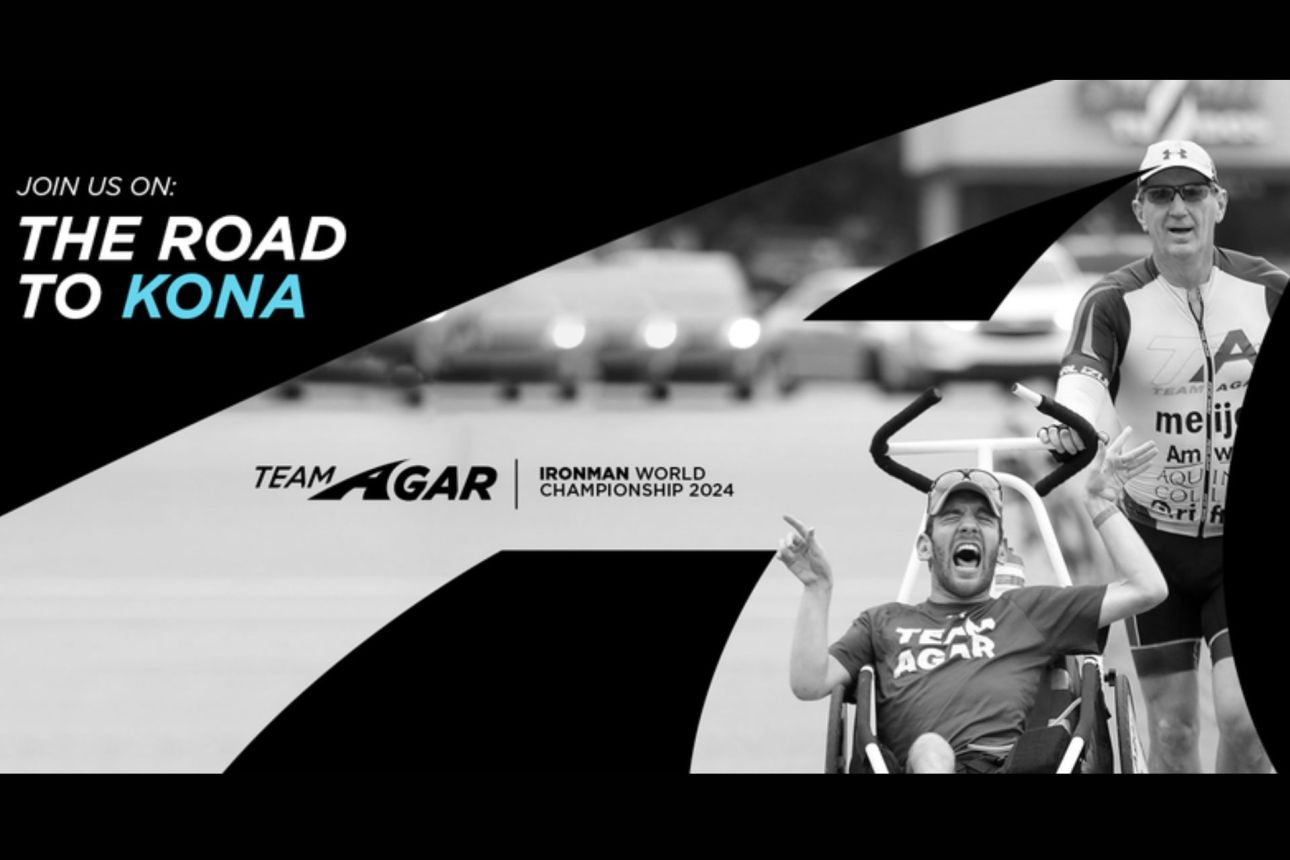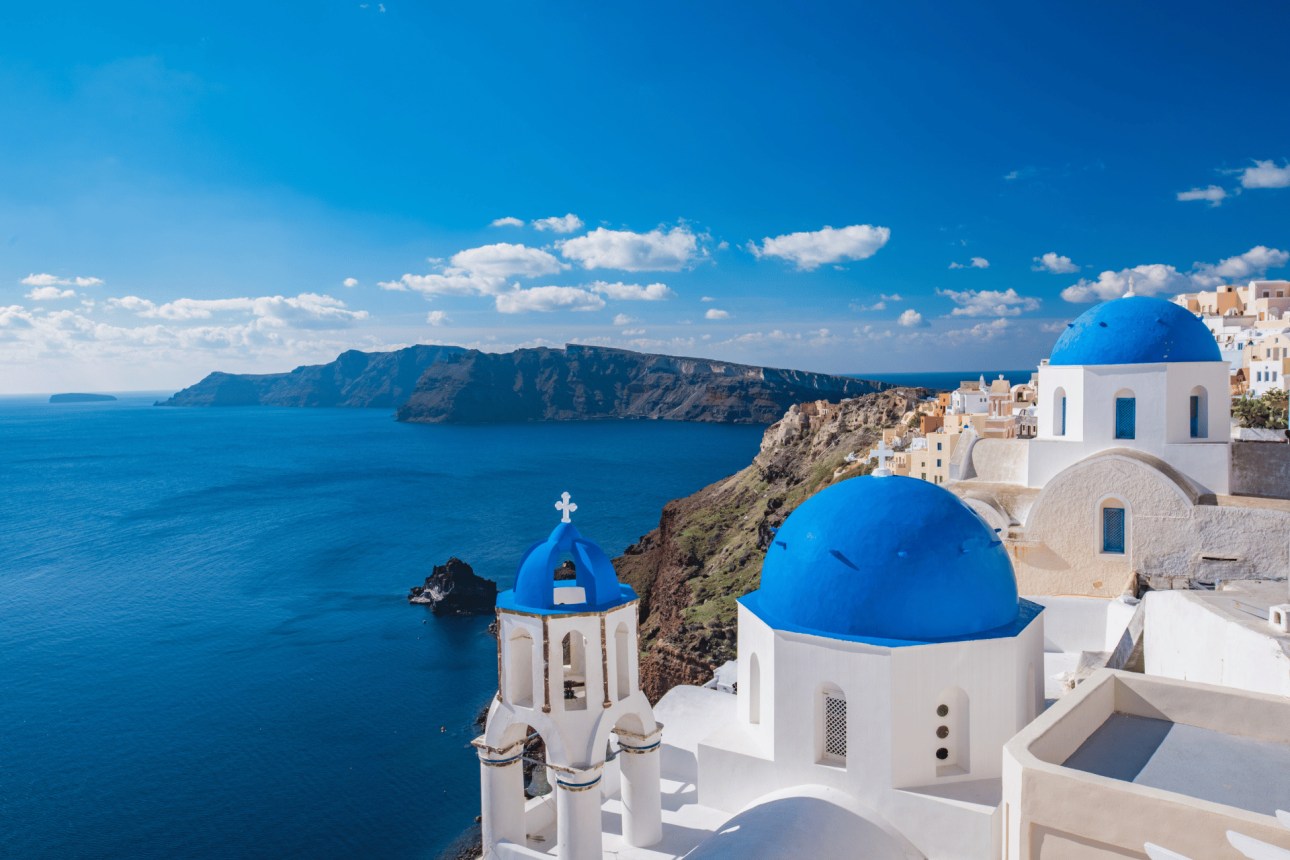At Ski for Light, It’s Not Only About Skiing
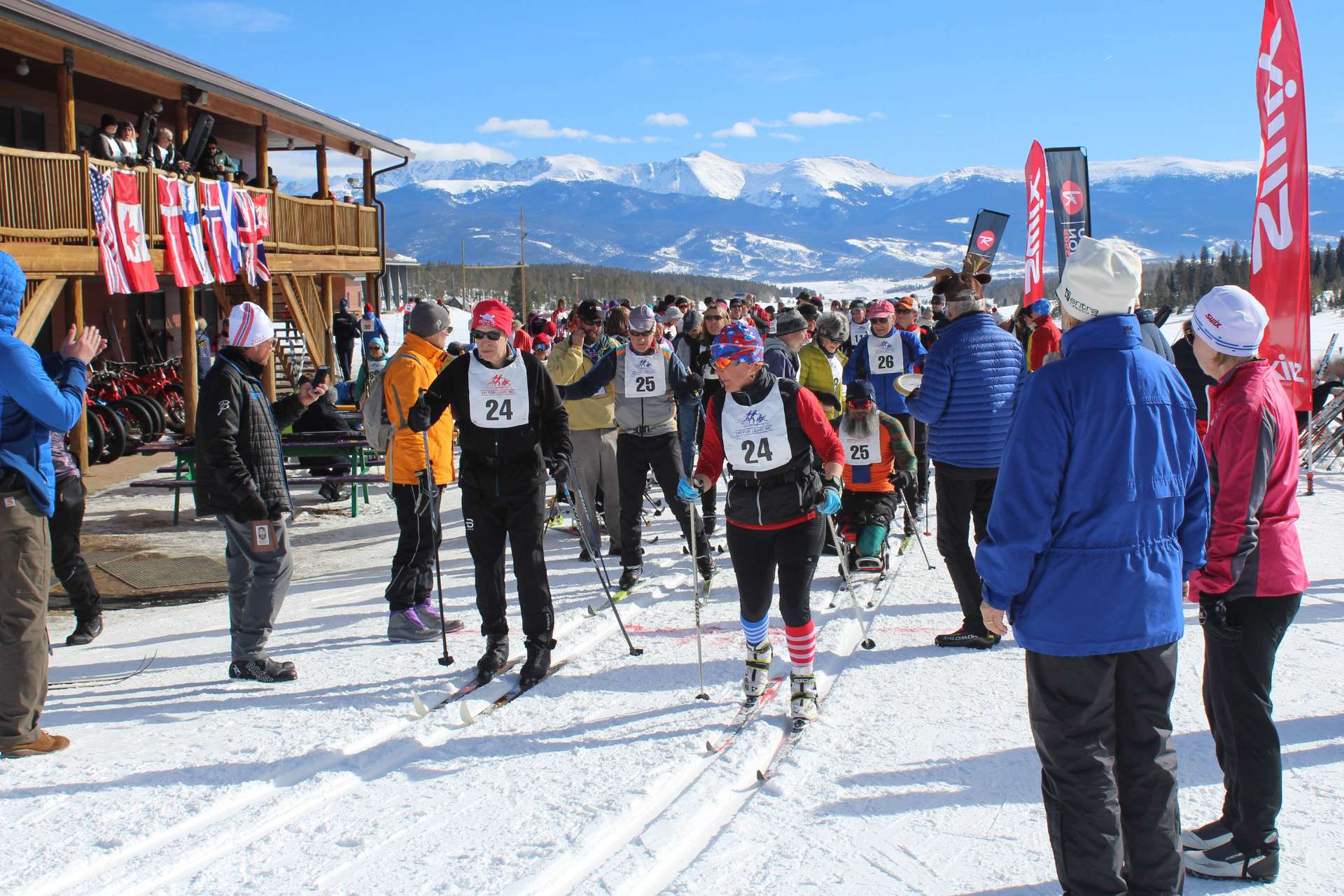
The Unique Challenges Faced by Blind Skiers
For blind people, managing challenges ranging from the awkward, like navigating buffet lines, to the life-threatening, like crossing streets in the era of super-quiet cars is basic to survival. Annoying situations for sighted people can be life-threatening . Taking a walk is an adventure. The world was not designed for people who can’t see, and we constantly search for ways and means to help us meet the world as it is rather than as we would have it.
Ski for Light International Gathering
As the 49th annual Ski for Light International convened in late January in snow-starved Rhinelander, Wisconsin for a week of what was supposed to be guided cross-country skiing for visually and mobility impaired people, challenge abounded. How could the thin, icy and leaf-strewn trails left by the Midwest’s shockingly low snowfall be transformed into a playground fit for our Nordic ski fanatics, newcomers and patient volunteer guides.
Shared Passion
There were about 250 of us, including 100 blind or low-visually and three mobility impaired skiers and 117 intrepid guides, along with more than 30 nonskiers helping out with the extraordinary logistics of a week organized by an all-volunteer organization around this fantastic sport and centered on the safety of all involved.
We descended on Rhinelander, a town of 8,000 that last winter had about 10 feet of snow at this time. Still, many of us, like me, clipped into our skis and ventured out with our guides on trails that – no matter how much love and care groomers had given them – were too crusted over tracks of previous skiers and even patches of grass to allow for steady forward motion. I found myself hitting the hard ground with my backside more than I care to think.
First-Timer Perspectives
I first went to SFL in 1997, have missed only a handful of events and can usually remain upright and ski hard. Even our Paralympic skier, Nancy Stephens, told me that the trails were treacherous. We knew immediately that the 10K race and 5K rally that always conclude an SFL week would not be possible because even our friendly competition would just be too dangerous.
We’ve had our great weeks skiing in Colorado, Utah, Alaska and elsewhere , and we’ve faced other years of snow drought or extreme cold. But for first-timers psyched up for this life-changing event, it was hard not to let disappointment overwhelm. My first year, I was pumped with anxiety and hope. I have never been particularly athletic and feared that I just wouldn’t be able to do this sport. I knew only one person who would be there, and her only through a phone call (it was during that call which I’d had arranged to learn more about assistive technology, that I was invited to try Ski for Light). I didn’t know if I would enjoy the whole thing – and I was anxious about how my blindness skills would match up to others’.
Adaptive Techniques
At the time, I was what is sometimes called a high partial – I had a lot of what was for me usable vision, although a sighted person would have likely found themselves unable to function much with such limited sight. I was extremely myopic and I had a tiny visual field of about 10 degrees, in contrast to a normal field of 180 degrees. (Today, I see only light and shadow, without color or form.) That first year, my guide was a Scandinavian woman with long, wavy gray hair and a gentle teaching technique that belied her stern-seeming face. She remained patient even though it I seemed to fall every few feet for the first few days. I could glimpse the trails and the tips of my skis but could never figure out where we would be turning or if we would be climbing or descending a hill.
Today, without the ability to see anything but white and gray fuzz and having to rely entirely on my guide’s directions, I feel an even more stomach-churning mix of fear and exhilaration that I experienced in 1997 – more fear because I can’t see anything useful and understand what falling might do, and higher exhilaration because I know just how cool it is to execute a flawless run at speed and keep on going.
sense of community
Those feelings were concentrated out on the shortened course in Rhinelander, where I managed to get in a total of 15 kilometers of bumpy skiing over four days. Unable to hold our week-ending race/rally, we used the problem-solving skills that help us navigate the sighted world to devise the Olaf Pedersen No-Snow Olympics of desperation, named for Ski for Light’s late founder. It was a series of eight challenges – for example, an archery station, a javelin throw with ski pole, a shot-put with an orange, a putting green, even a double-pole gliding station.
They were silly but serious, highlighting that while we had ostensibly come there to ski, what was undeniably more important was that we were there to be together, to learn from one another, to forge bonds and gain something unavailable at home in our separate lives. That is what keeps me coming back year after year, with no end in sight.
For more information visit the Ski for Light website and the photos kindly provided by Ski for Light.
